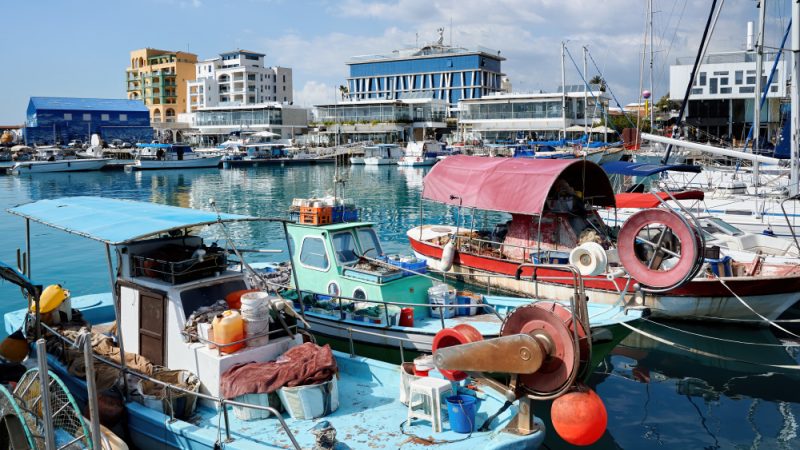Porto do Jofre, a small town in the Pantanal region of Brazil, is a hidden gem for nature lovers and adventure seekers alike. It’s located within the world’s largest tropical wetland, the Pantanal, which is home to a diverse array of wildlife, including jaguars, capybaras, and caimans. As one of Brazil’s top eco-tourism destinations, Porto do Jofre offers unique opportunities for wildlife watching, boat tours, and exploration of the region’s stunning landscapes. If you’re planning your first trip to Porto do Jofre, there are a few things you should know to ensure a smooth and unforgettable experience.
In this guide, we’ll provide nine essential travel tips for first-time visitors to Porto do Jofre, covering everything from when to visit to what to pack, and how to get the most out of your trip.
1. Best Time to Visit Porto do Jofre
- The best time to visit Porto do Jofre depends on what kind of experience you’re looking for. If you want to see wildlife and explore the wetlands, the dry season, which runs from May to September, is ideal. During these months, the water levels in the Pantanal are lower, allowing you to access more areas by boat or jeep. The dry season is also the best time for jaguar sightings, as the animals tend to gather near the remaining water sources.
- However, if you prefer lush landscapes and want to see the Pantanal at its most vibrant, consider visiting during the wet season, from November to March. While the rains may make travel more challenging due to flooded roads, the region comes alive with bird migrations, blooming flora, and lush green surroundings.
2. How to Get to Porto do Jofre
- Porto do Jofre is not directly accessible by commercial flights, so getting there requires some planning. The closest airport is in Cuiabá (Marechal Rondon International Airport), which is approximately 220 kilometers (137 miles) away. From Cuiabá, you can hire a taxi, private transfer, or rent a car to reach Porto do Jofre. The journey takes around 4 to 5 hours, depending on road conditions.
- Alternatively, some tour operators offer packages that include transportation from Cuiabá to Porto do Jofre, along with guided tours. While the road to Porto do Jofre is mainly paved, it’s important to be aware that some sections may be gravel or dirt roads, so renting a 4×4 vehicle is recommended, especially during the rainy season.
3. Prepare for Remote Conditions
- Porto do Jofre is a remote destination, so it’s important to prepare for limited amenities and services. While there are a few pousadas (guesthouses) and eco-lodges where you can stay, the infrastructure is basic, and the region’s rural nature means that Wi-Fi, cell service, and reliable electricity may not always be available.
- Make sure to bring all the essentials with you, including extra cash, medicines, personal hygiene items, and anything else you may need during your stay. Also, don’t forget to have a local SIM card or an offline map app, as signal coverage can be patchy.
4. Wildlife Watching: The Heart of the Pantanal
- Porto do Jofre is a paradise for wildlife enthusiasts, and the Pantanal region is home to some of the richest biodiversity on the planet. The area is particularly famous for jaguar sightings, and many visitors come to Porto do Jofre specifically to see these magnificent big cats in the wild.
- Boat tours along the Cuiabá River are the most popular way to spot jaguars and other wildlife such as capybaras, caimans, giant river otters, and various species of birds, including herons, kingfishers, and toucans. Local guides are experts in spotting wildlife and will take you to the best spots for viewing. Keep in mind that sightings of jaguars are not guaranteed, but the chances are significantly higher in Porto do Jofre due to its proximity to the jaguars’ natural habitat.
5. Guided Tours Are Essential
- Navigating the vast and often inaccessible Pantanal wetlands can be challenging without local expertise. It’s highly recommended to book a guided tour, whether it’s a boat tour or a jeep safari, to ensure you have the best chance of seeing wildlife and to learn more about the ecosystem.
- There are several experienced tour operators based in Porto do Jofre who offer packages that include transportation, accommodation, and expert guides. These tours often cover everything from jaguar-watching boat trips to birdwatching excursions and night safaris. Some tours even offer specialized photography packages for those wanting to capture the beauty of the Pantanal’s wildlife.
6. Packing for Porto do Jofre: What to Bring
- When visiting Porto do Jofre, it’s essential to pack the right gear to ensure comfort and safety. Some of the items you should bring include:
- Light, breathable clothing: The Pantanal can get hot, so lightweight and moisture-wicking clothing is essential. Neutral colors like khaki, beige, and olive green will help you blend into the environment, making wildlife sightings easier.
- Sturdy footwear: Expect to walk on muddy paths and uneven terrain. A pair of comfortable, durable hiking boots or waterproof shoes is a must.
- Insect repellent: The Pantanal is home to mosquitoes and other bugs, so make sure to pack strong insect repellent, especially during the wet season.
- Sunscreen and a hat: The region is sunny, so protect your skin with high-SPF sunscreen and bring a wide-brimmed hat to shield your face.
- Binoculars and a camera: Bring binoculars for birdwatching and a camera with a zoom lens to capture the incredible wildlife.
7. Respect the Local Environment
- The Pantanal is an ecologically sensitive area, so it’s important to follow ethical guidelines to minimize your environmental impact. Respect the local wildlife by keeping a safe distance and avoiding loud noises that could disturb the animals. When on boat tours, be mindful of the environment and avoid polluting the waters.
- Additionally, make sure to dispose of trash properly and support eco-friendly tours and lodges that promote sustainable tourism in the region.
8. Try Local Cuisine
- While Porto do Jofre may be remote, there are still some delightful local dishes to try. The cuisine in this part of Brazil is heavily influenced by the surrounding wetlands, with dishes that feature fish, beef, and fresh vegetables. Make sure to try local specialties such as pacu (a type of fish found in the Pantanal), arroz com pequi (rice with pequi, a local fruit), and empada de camarão (shrimp pie).
- If you’re a fan of regional cocktails, don’t miss the chance to try caipirinha, Brazil’s famous lime cocktail, or tereré, a cold version of the traditional mate tea that’s popular in the Pantanal.
9. Stay Safe and Healthy
- Though Porto do Jofre is generally a safe destination for tourists, it’s important to take necessary health precautions. Ensure that you are up to date with vaccinations, especially for diseases like yellow fever, dengue, and malaria, which can be present in the region. It’s also advisable to carry a basic first-aid kit, including medications for common ailments like headaches, allergies, and upset stomachs.
- The weather can be unpredictable, so staying hydrated and protecting yourself from heatstroke is essential, especially during the hot months.
Conclusion
Porto do Jofre offers an unparalleled opportunity to immerse yourself in one of the world’s most unique and biodiverse ecosystems. From jaguar-watching boat trips to exploring the vast wetlands, the Pantanal region will captivate nature lovers and adventure seekers alike. By following these travel tips, you can ensure that your first visit to Porto do Jofre is safe, enjoyable, and full of unforgettable experiences.
FAQs
1. What is the best time of year to visit Porto do Jofre for jaguar sightings?
The dry season (May to September) is the best time to visit Porto do Jofre for jaguar sightings, as the animals tend to congregate near water sources during this time.
2. How do I get to Porto do Jofre from Cuiabá?
You can reach Porto do Jofre from Cuiabá by car, taxi, or private transfer. The journey takes approximately 4 to 5 hours, depending on the road conditions.
3. Are there any jaguar sightings guaranteed in Porto do Jofre?
While jaguar sightings are not guaranteed, Porto do Jofre offers some of the best chances to see jaguars in the wild due to its location in a prime jaguar habitat.
4. Is it necessary to book a guided tour for wildlife watching?
Yes, guided tours are highly recommended in Porto do Jofre, as local experts can take you to the best wildlife-watching spots and help you spot animals you might otherwise miss.
5. What should I pack for a trip to Porto do Jofre?
Pack light, breathable clothing, sturdy footwear, insect repellent, sunscreen, and binoculars for wildlife watching. Also, bring a camera to capture the amazing sights.
Also read : Yehoshua and Chaya Skaist: 10 Inspiring Lessons from Their Journey









